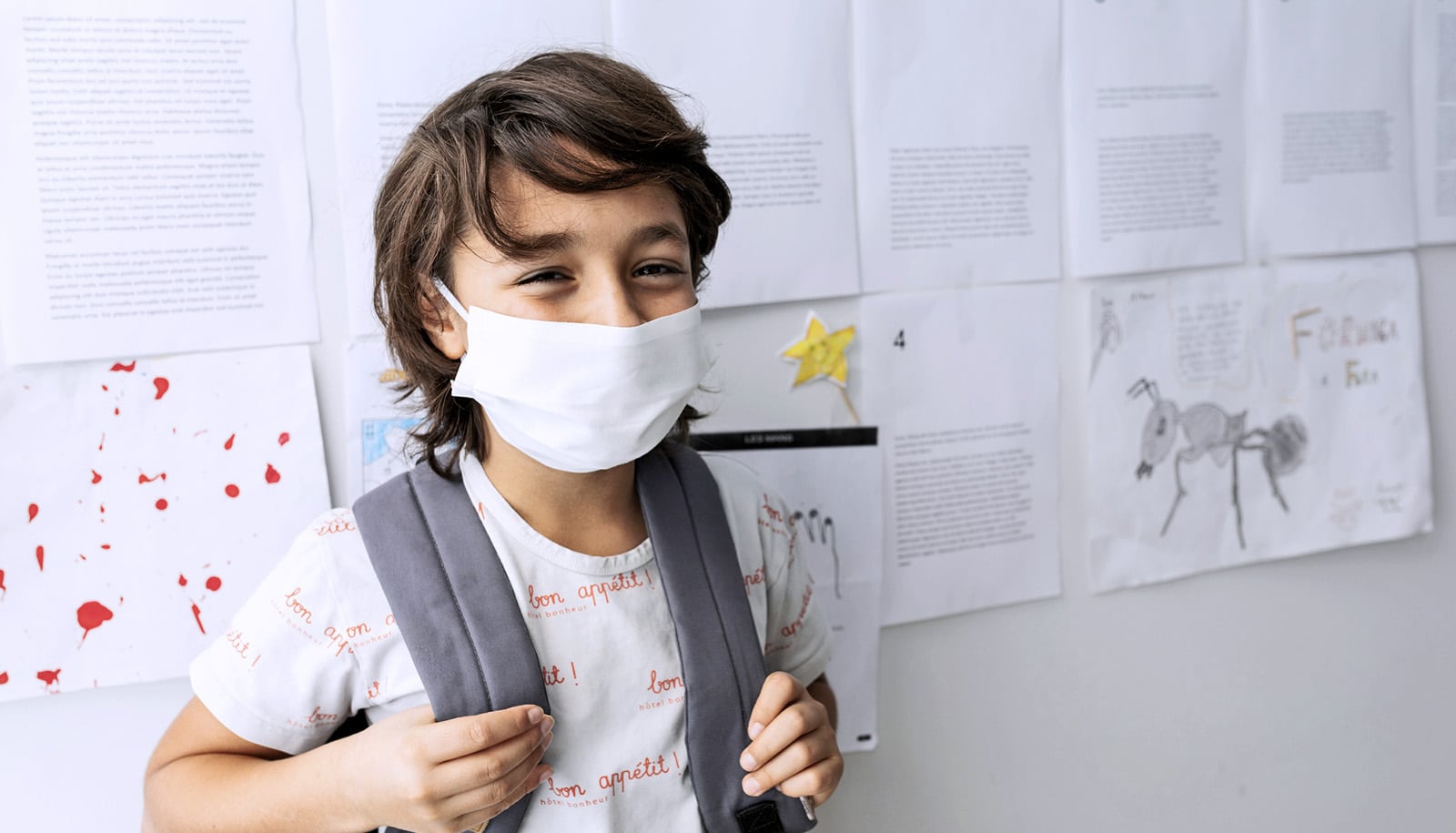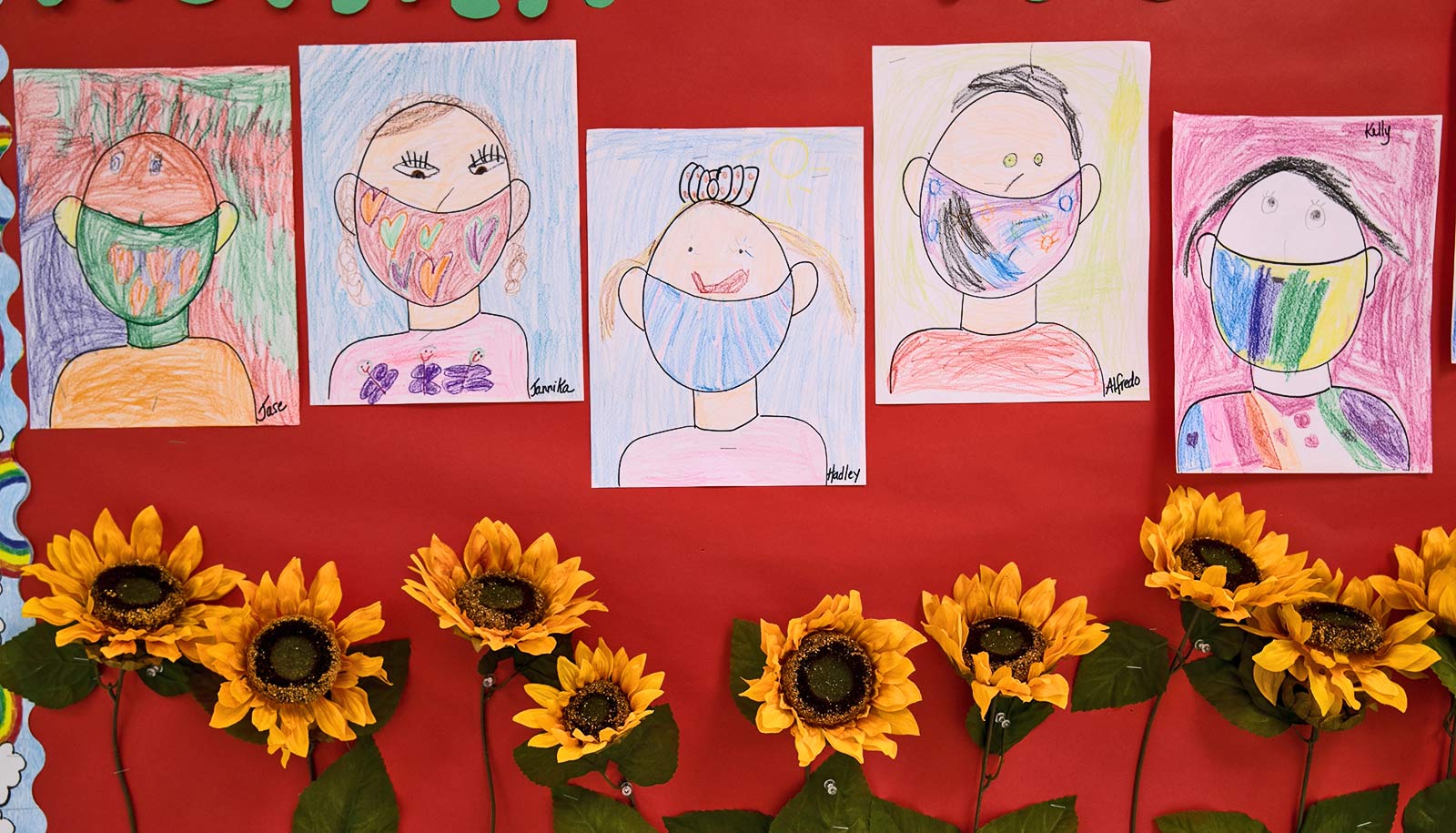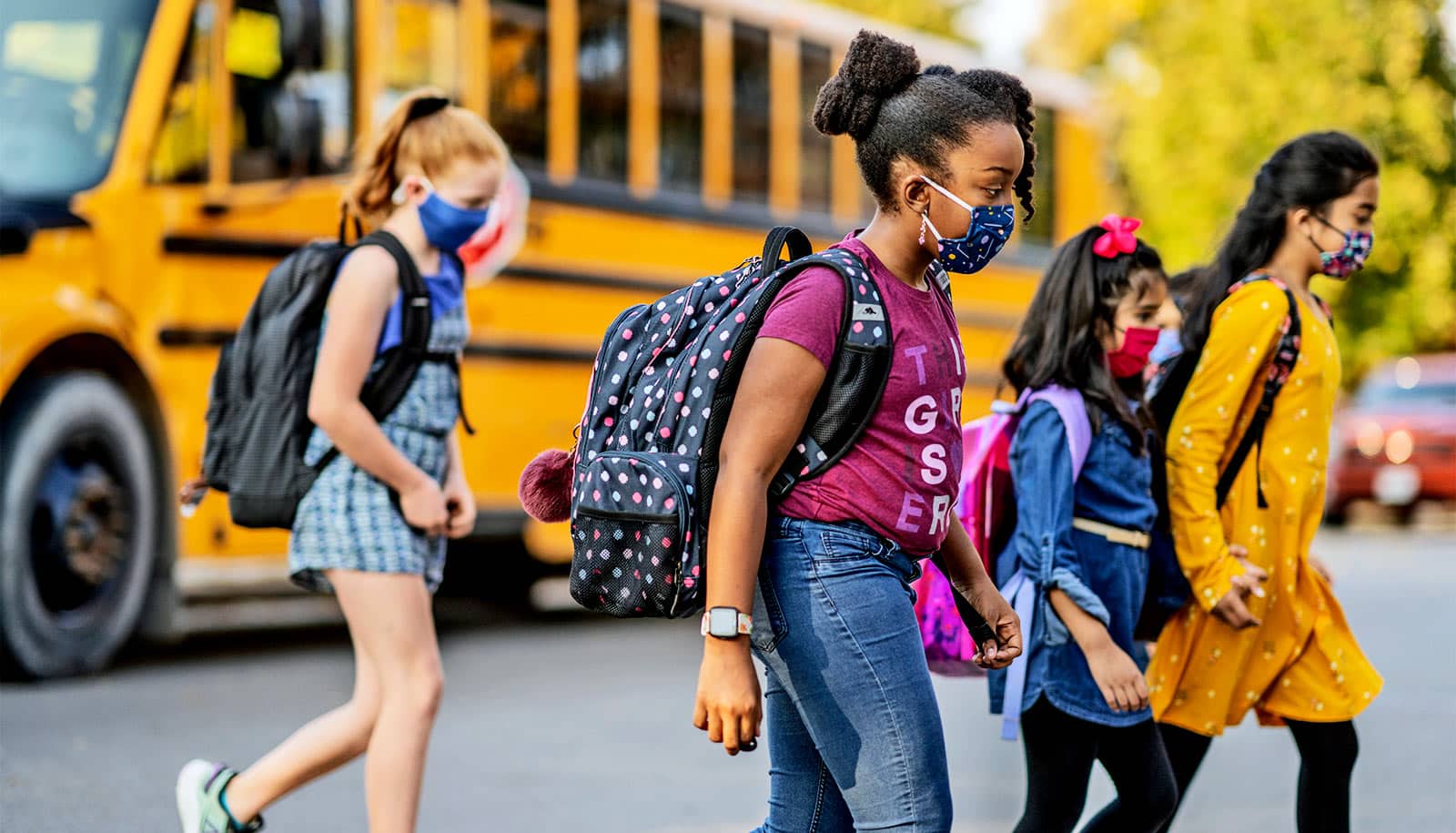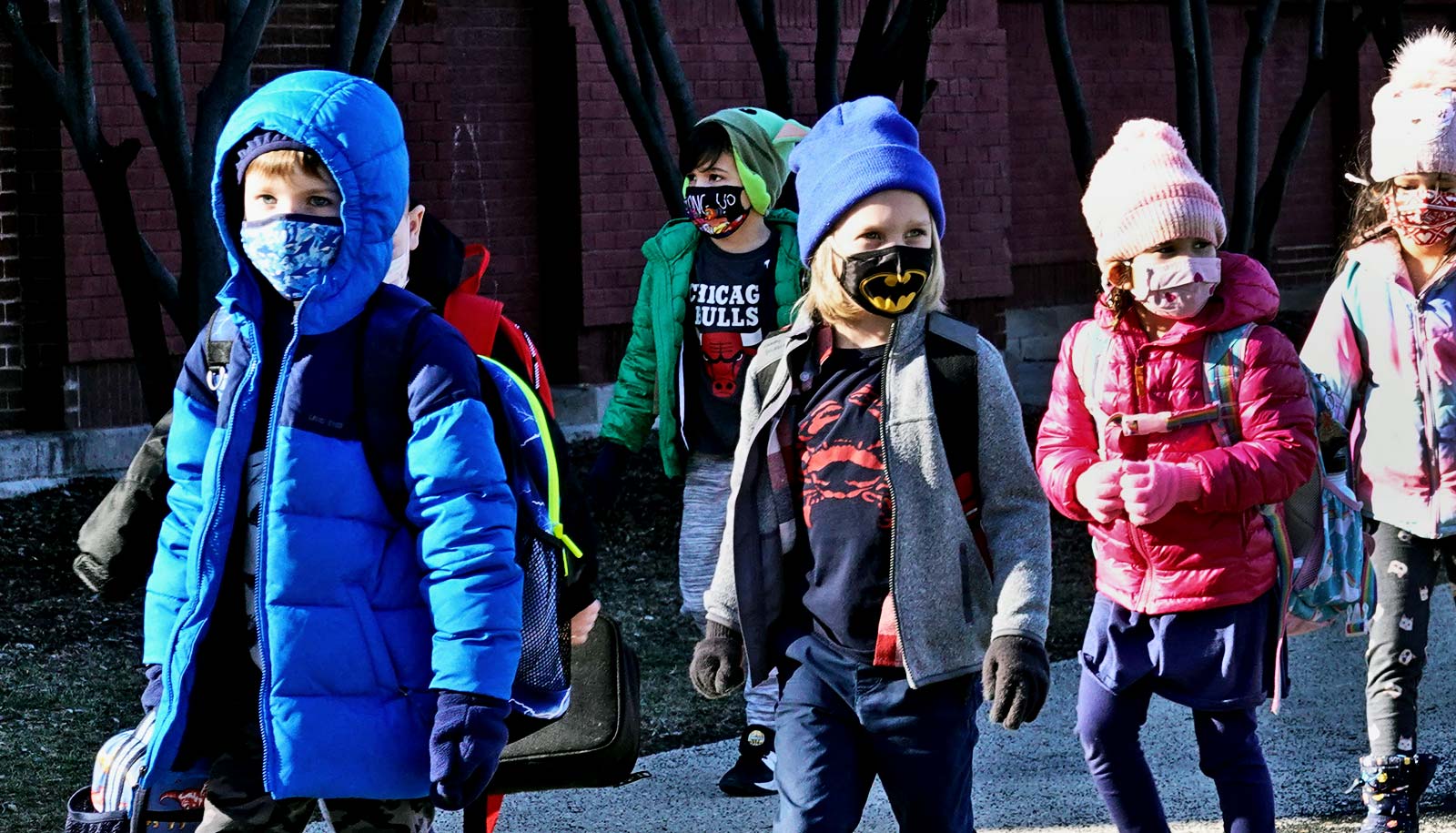Hybrid learning, where children alternate days learning at home and days in school, offers a significant reduction in the spread of COVID-19, a new study shows.
However, total closure in favor of remote learning offers little additional advantage over the hybrid option.
The study helps quantify the effectiveness of one of the most commonly-debated mitigation measures taken across the country as communities continue a shift toward normalcy, researchers say.
The findings in BMC Public Health will help decision-makers in the event of another COVID-19 outbreak or one from a similar infectious disease.
“Early in the pandemic when school closures were becoming the norm, many debated the pros and cons of this measure,” says Pinar Keskinocak, professor in the School of Industrial and Systems Engineering at Georgia Institute of Technology, and principal investigator of the study.
“Do we get enough benefit to offset the social costs and impacts on education? This research shows that there is a benefit in infection reduction, especially in the absence of effective pharmaceutical interventions, and most of the benefits can be attained with a hybrid approach.”
The study is particularly relevant for the early days of an infectious disease outbreak when policymakers face the difficult decision of enacting school closures in their respective districts.
Using an agent-based simulation model of COVID-19 spread, researchers projected the impact of various school reopening strategies: complete closure, alternating school days where one cohort attended in person twice a week and another cohort on the opposite days, younger children only, and regular (i.e., all students return to in-person learning).
Results show that compared to schools reopening with regular attendance, the percentage of the population infected reduced by 13%, 11%, 9%, and 6% with each respective strategy. The conclusions show that some level of closure—younger children only, alternating days, and completely remote—offers significant reduction in community-wide infections. The benefit of complete closure over a hybrid approach, however, was minimal.
The assumption in all cases was that people who contracted the virus would remain at home.
“The additional benefit of complete school closure compared to hybrid was relatively small,” Keskinocak says. “The implementation of an alternating day model can be challenging but could have public health benefits early in the pandemic or during a new wave, providing social and learning benefits as well.”
Other challenges remain that researchers did not investigate for this particular research—costs on families in the event of school closures, learning tradeoffs, properly equipping students for virtual learning, and others. This is just one element of many for policymakers to consider, Keskinocak says.
Source: Georgia Tech



